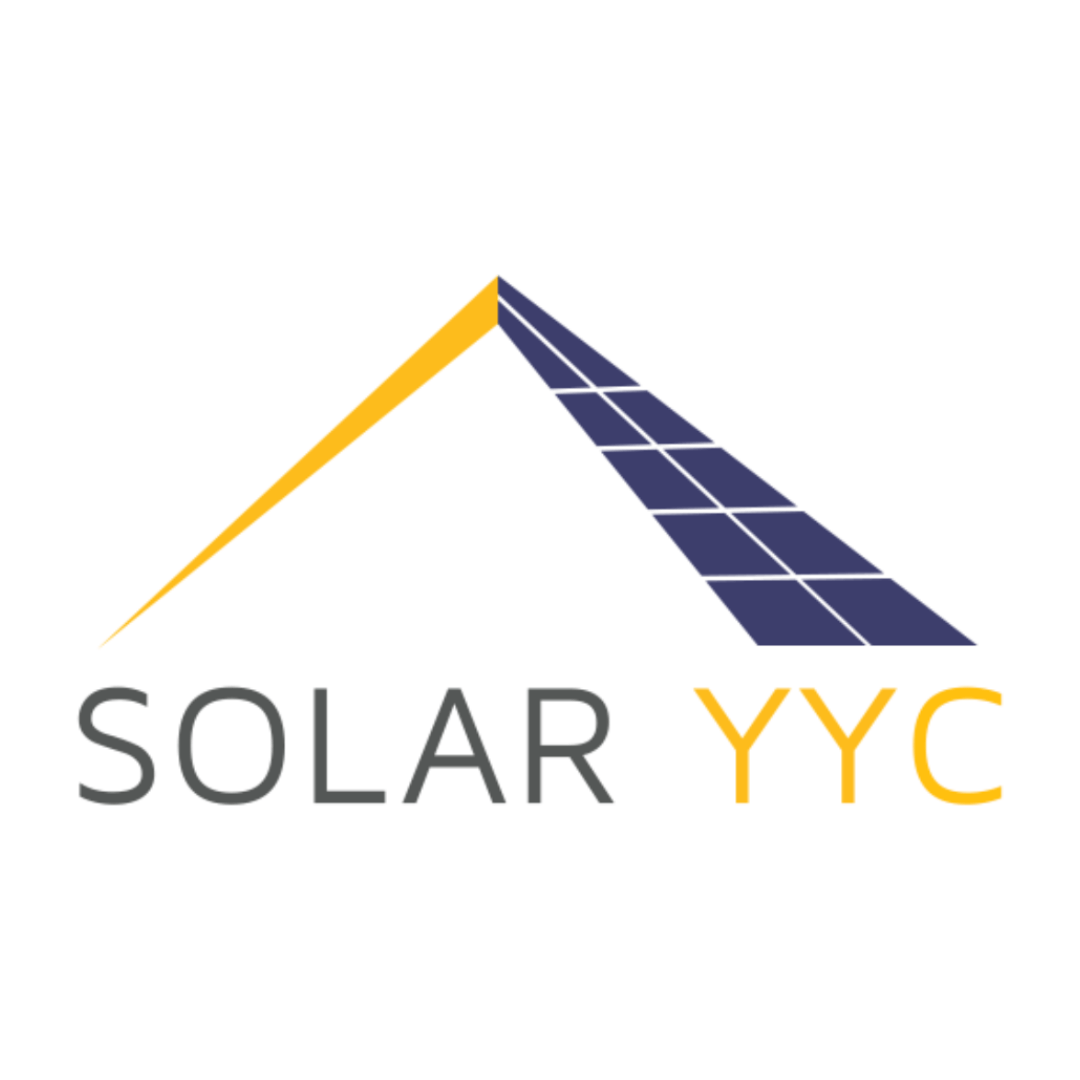Buying a House With Solar Panels? Here’s What You Need to Know
Buying a house with solar panels may seem a good choice because it’d save homebuyers from the hassle and upfront costs of the installation process, but that will depend on some key factors. If you are in the market for a new home and have your eyes on a house with solar panels, here’s what you need to know before deciding. 7 Essential Things to Know Before Buying a Solar-Powered Home 1 – Understand Solar Energy Do your research on how a solar system works. Inform yourself on how the solar panels produce energy, how the system is connected to the electric grid, how solar net metering works, and the micro-generation program key aspects to know what it means for you in terms of energy production and financial benefits. 2 – System Details Ask for a copy of the installer agreement and look for details such as the age and model of the panels and inverters. Find out if they have required maintenance and service. If the panels are older, consider their remaining lifespan and potential maintenance or replacement costs. 3 – Energy Production You need to know if the solar system will positively impact your utility bills. Request the current homeowner’s previous energy bills to assess the system’s effectiveness and determine if it meets your energy needs and utility-saving goals. Evaluate the system’s capacity and whether it aligns with your expected electricity consumption. 4 – Warranty Warranty protection is a must when it comes to a pre-existing solar system. Understand the coverage period, the components included, and limitations or conditions. A comprehensive warranty will provide peace of mind and save you from unexpected repair or replacement costs. 5 – Installation Quality Assess the quality of the solar panels’ installation. Ensure that it meets industry standards and has been installed by reputable professionals. A poor installation can lead to performance issues and potential safety concerns. If you are unsure of the system’s current state, contact the solar company that did the installation. 6 – Roof Condition During the home inspection, make sure the roof’s condition is assessed thoroughly. Look for any signs of damage, leaks, or aging. Consider if the roof will require repair or replacement in the near future, as it can affect the solar system’s integrity and the overall benefits of buying a home with pre-installed panels. 7 – Transferability and Resale Value Whether you choose to sell your house or not, researching how much solar panels enhance the resale value of homes in the area is a good idea to know the quality of your investment. Understanding the impact on your property value can help you make an informed investment. The Bottom Line Solar energy adoption is growing rapidly in Alberta, and homes with solar panels listed for sale are getting more common on the real estate market. With education and due diligence, you can purchase a solar-powered home with confidence in the financial and quality-of-life benefits it will provide you and your family.










